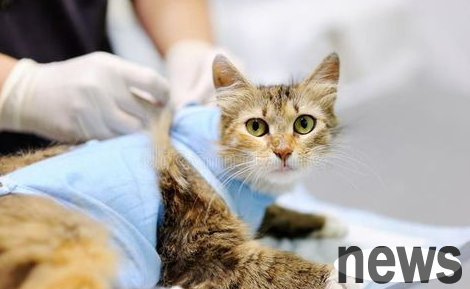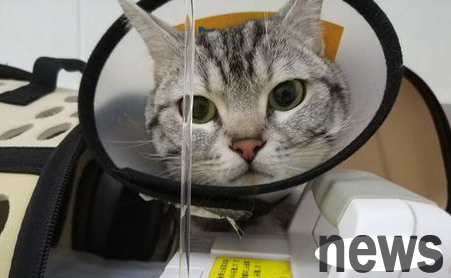What are the symptoms and treatment methods of acute pancreatitis in dogs?
Acute pancreatitis is a disease caused by the digestion of trypsin by itself. The pancreas has inflammatory reactions of edema, bleeding and even necrosis. Clinically, symptoms such as abdominal pain, bloating, nausea, vomiting, and fever appear. The content of amylase in blood tests and urine is increased.

Hares:
Pancreatitis is a very serious disease. Acute hemorrhagic necrosis pancreatitis is particularly dangerous, with a sharp incidence and a high mortality rate. It is common for dogs and cats who eat meat.
Acute pancreatitis in dogs
Symptoms:
Acute pancreatitis usually has no specific symptoms, mostly acute vomiting, anorexia, depression, abdominal pain, and increased body temperature.
Some sick animals have polyuria, diarrhea and bloody diarrhea, dehydration, thirst, shortness of breath, tachycardia and large liver.
Diagnosis:
Abdominal pain: Palpation of the right side of the upper abdomen, which is mostly persistent, sometimes paroxysmal aggravated, and the abdominal pain is exacerbated during eating or drinking, and is in a praying position.
Vomiting: occurs at the beginning of the disease. The vomit contains food, gastric juice, bile or gastric juice. The symptoms do not relieve after vomiting.
Body temperature rise: 20%-40% of cases show thirst, shortness of breath, rapid heartbeat, dehydration, large liver, and congestion in mucosa.

Treatment:
1. Usually hospitalization is required for treatment. If vomiting is severe, fasting is required.
2. If it is open pancreatitis (pulmonary fluid enters the abdominal cavity), surgical treatment is required.
3. Dietary therapy: It should be fed to low-fat, highly digestible foods, such as royal low-fat prescription foods.
Prevention:
Pancreatitis is a common internal medicine disease in dogs and cats. It often occurs in adult dogs and cats. It is mainly caused by unreasonable feed structure and excessive feeding of high-fat foods. Therefore, do not over-feed high-fat and high-protein feed, which is the most important step to prevent this disease.



